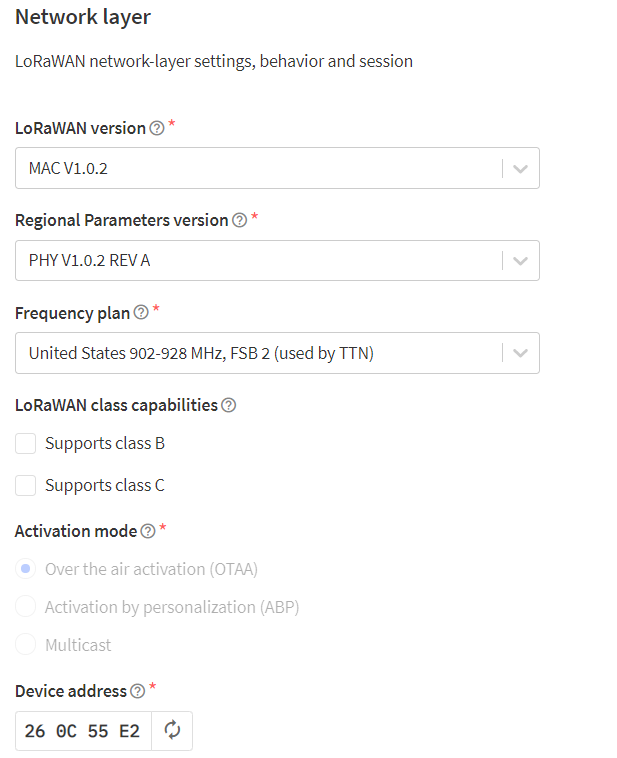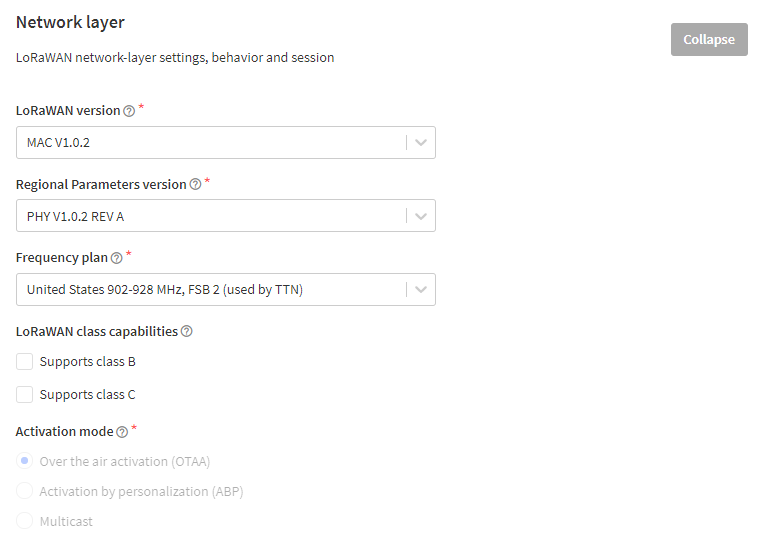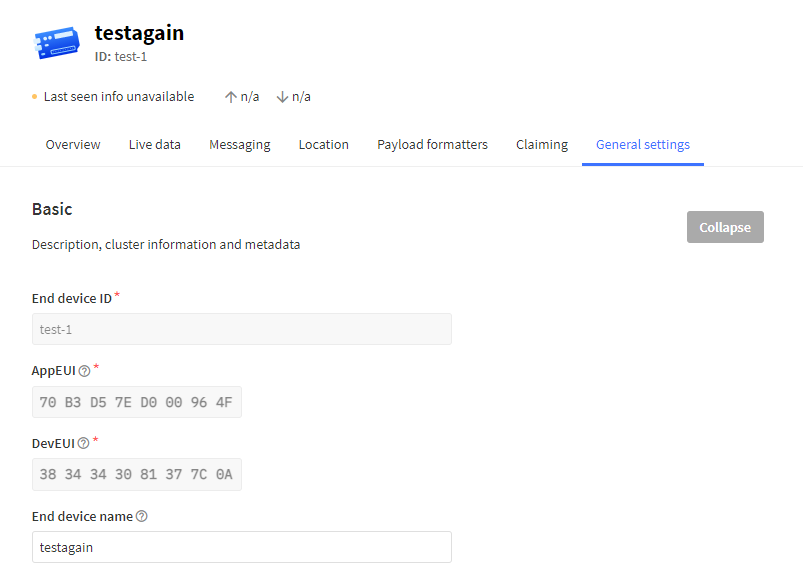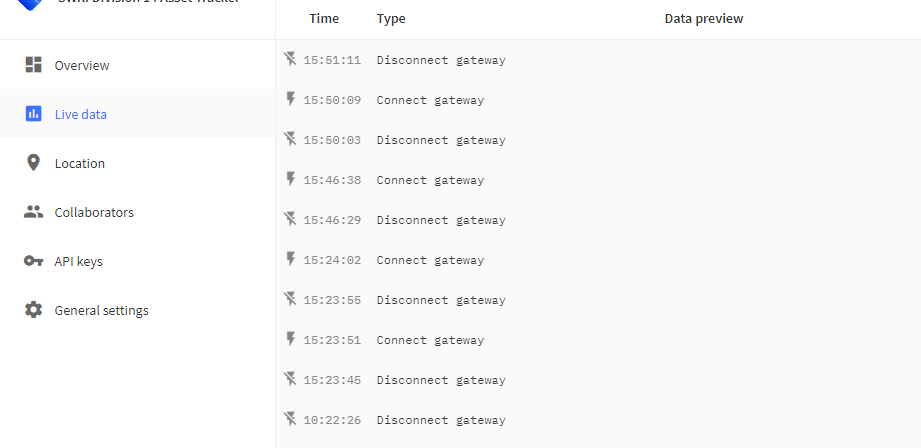I’m currently trying to implement an asset tracking application on The Things Network using The Things Gateway and a Tlera Corp Gnat developed by @onehorse. I’ve linked the code I’ve uploaded to the Gnat here (Gnat Asset Tracking Code). I’m having issues connecting the end device to the console and wanted some input to see if I’m missing any steps.
Attempted Process:
- Create application in TTN console.
- Create end node in console. Set DevEUI, AppKey, and AppEUI to the values flashed to the Gnat. Note that DevEUI is created by pulling EUI of STM32 chip. AppKey randomly generated on console side. AppEUI pretty much just left to the same value as the source code.
- Configure rest of settings according to LoRaWAN specifications*
- Wait for connection
Results: End node does not connect, no traffic appears on Gateway log.
Attempted Debugging:
I’ve really tried to narrow in on whether this issue is a physical layer issue (with LoRa itself) or a network issue (LoRaWAN).
Physical Layer
I am getting a signal across on a spectrum analyzer in the 904MHz range, as expected for sub-band 2 of the US_902_915 region, as seen below:
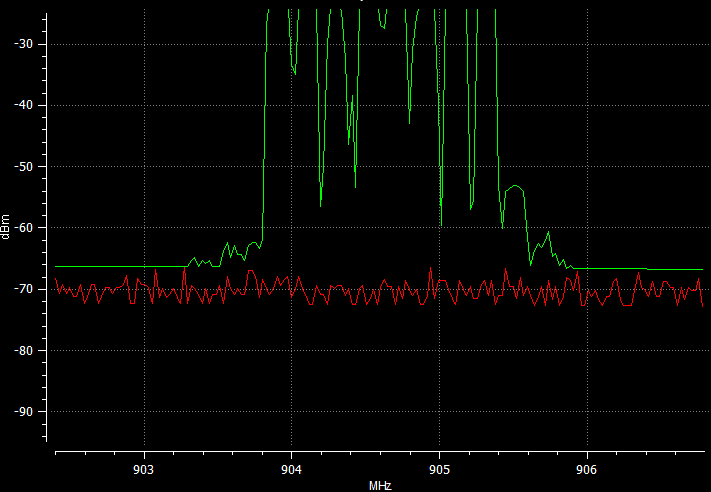
This to me suggests that the physical layer is working at that their must be some issue with the network configuration.
Network Layer
During setup, I debugged the following portion of the LoRaWAN setup:
Serial.println("Now attempting OTAA..");
LoRaWAN.joinOTAA(appEui, appKey, devEui);
Serial.println(LoRaWAN.joined());
Resulting in the following debug statement:
Now attempting OTAA..
0
Indicating that there is some sort of issue with OTAA.
On the gateway side of things, I’m seeing pretty much nothing when I try and establish OTAA. This is the only thing I’m seeing when I attempt to perform OTAA:
LGMD:LORA: Accepted packet
MQTT: Sending UPLINK OK
LGMD:Rejected packet (0x11)
I’ve also found that running some of the basic examples provided in the LoRaWAN source code also results in the same issues. I cannot connect to the network.
Troubleshooting on The Things Network support page wasn’t much help. I’ve ensured that my gateway is connected and that I used the same DevEUI, AddKey, and AddEUI that was flashed to the chip.
Next Steps:
This is where suggestions from the community on how to further troubleshoot my device would be appreciated. Based on what I have read, connection should have been much more painless than what it was and I am having difficulty finding forum posts on the same issues.
*The code uses the Arduino wrapper put together by @GrumpyOldPizza that is based on the LoRaWAN 1.0.2B standard (source files can be found here ).

